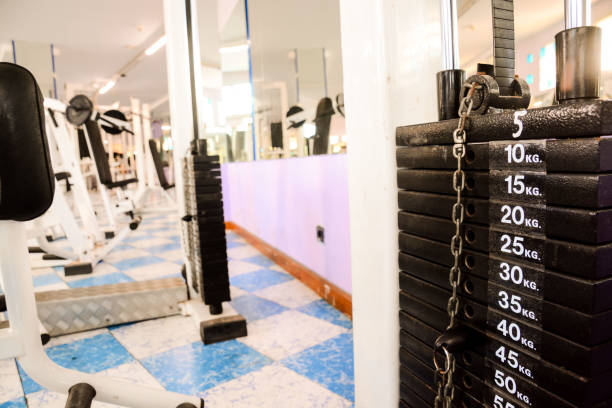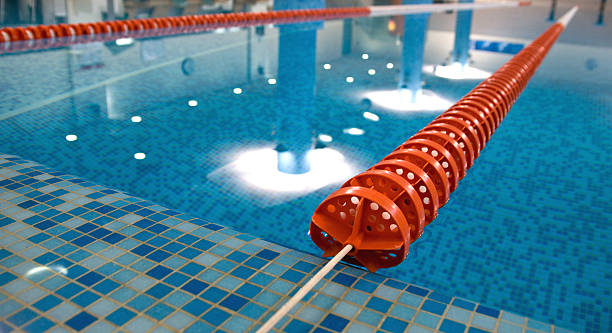
The Importance of Cross-Training for Swimmers: Enhancing Performance and Preventing Burnout
Swimming is not just about the strokes; it’s about maintaining peak performance while avoiding burnout. Whether you’re a recreational swimmer or a competitive athlete, integrating cross-training into your routine can make a significant difference in your overall fitness, injury prevention, and mental well-being. In this article, we’ll delve into why cross-training is crucial for swimmers, the various benefits it offers, and how to incorporate it effectively into your training regimen.
Introduction to Cross-Training for Swimmers
What is cross-training?
Cross-training involves engaging in different forms of exercise to complement your primary activity, offering a holistic approach to fitness and performance enhancement. For swimmers, this means incorporating exercises beyond the pool to target muscle groups and skills that traditional swimming workouts might not address adequately.
Why is it essential for swimmers?
Swimming primarily engages specific muscle groups and movement patterns. Without cross-training, swimmers may develop muscular imbalances, increasing the risk of injury and limiting overall performance. Cross-training provides a well-rounded approach to fitness, addressing weaknesses and enhancing strength, flexibility, and endurance.
Overview of the article content
In this article, we’ll explore the benefits of cross-training for swimmers, the different types of cross-training exercises, how to create effective cross-training plans, sample workout routines, tips for success, common mistakes to avoid, recommended equipment, tracking progress, real-life success stories, cross-training for specific swimming events, strategies for preventing burnout, and FAQs.
Benefits of Cross-Training for Swimmers
Improved overall fitness
Cross-training targets different muscle groups, improving strength, flexibility, and cardiovascular endurance. By diversifying workouts, swimmers develop a more balanced physique and enhance their overall fitness levels.
Injury prevention
Repetitive motion in swimming can lead to overuse injuries. Cross-training reduces the risk by incorporating exercises that counteract the strain on specific muscles, joints, and ligaments, promoting better overall body alignment and reducing the likelihood of injury.
Mental refreshment
Swimmers often face mental fatigue from the monotony of pool training. Cross-training provides a mental break while still promoting physical activity, preventing burnout, and keeping motivation levels high.
Types of Cross-Training for Swimmers
Strength training
Strength training builds muscle mass, improves power, and enhances muscular endurance. Exercises such as weightlifting, bodyweight exercises, and resistance band workouts target different muscle groups, including those not commonly used in swimming.
Cardiovascular exercises
Cardiovascular activities such as running, cycling, and rowing increase heart rate and lung capacity, improving overall cardiovascular health and endurance. These activities also provide a break from the repetitive nature of swimming strokes while still promoting aerobic fitness.
Flexibility and mobility training
Flexibility and mobility exercises such as yoga, Pilates, and dynamic stretching improve range of motion, joint mobility, and muscular flexibility. These workouts help prevent muscle tightness and reduce the risk of injury, promoting better movement efficiency in the water.
Creating an Effective Cross-Training Plan
Understanding individual needs
Every swimmer has unique strengths, weaknesses, and goals. A personalized cross-training plan takes into account individual fitness levels, injury history, time constraints, and preferences to create a tailored approach that maximizes benefits and minimizes risks.
Balancing swimming and cross-training
Finding the right balance between swimming and cross-training is crucial to avoid overtraining or neglecting essential swimming skills. Integrating cross-training sessions strategically throughout the week ensures adequate recovery time while still maintaining swimming performance.
Incorporating variety
Variety is key to preventing boredom and plateauing in fitness progress. Incorporating a diverse range of cross-training activities keeps workouts engaging and targets different aspects of fitness, leading to more comprehensive improvements in performance.
Sample Cross-Training Plans
Beginner’s plan
For beginners, start with two to three cross-training sessions per week, focusing on low-impact activities such as walking, light jogging, and bodyweight exercises. Gradually increase intensity and duration as fitness levels improve.
Intermediate plan
Intermediate swimmers can incorporate a mix of strength training, cardiovascular exercises, and flexibility workouts. Aim for three to four cross-training sessions per week, alternating between different activities to target various muscle groups and fitness components.
Advanced plan
Advanced swimmers can include higher-intensity workouts such as interval training, circuit training, and plyometrics. Four to five cross-training sessions per week, combined with structured swim workouts, optimize performance gains and prevent training plateaus.
Tips for Successful Cross-Training
Setting realistic goals
Set specific, measurable, achievable, relevant, and time-bound (SMART) goals for both swimming and cross-training. Having clear objectives helps maintain focus and motivation throughout the training process.
Listening to your body
Pay attention to signals of fatigue, soreness, and discomfort. Rest when needed and adjust intensity or duration accordingly to avoid overtraining and minimize the risk of injury.
Consistency is key
Consistency in training is essential for seeing long-term improvements in performance. Stick to your cross-training schedule, even on days when motivation is low, to maintain momentum and progress toward your goals.
Seeking professional guidance
Consulting with a certified coach or fitness expert can provide valuable guidance in designing an effective cross-training plan tailored to your specific needs and goals. Professional feedback helps ensure proper form, progression, and injury prevention.
Common Mistakes to Avoid
Overtraining
Excessive training without adequate rest and recovery can lead to burnout, decreased performance, and increased injury risk. Incorporate rest days into your training schedule and listen to your body’s signals to prevent overtraining.
Ignoring recovery time
Recovery is just as important as training itself. Allow sufficient time for muscles to repair and adapt to the stress of exercise. Incorporate restorative activities such as foam rolling, stretching, and low-intensity workouts on recovery days.
Lack of variety
Repeating the same cross-training exercises can lead to plateaus in fitness gains and increased risk of overuse injuries. Keep workouts fresh and challenging by regularly changing activities, intensity levels, and training modalities.
Cross-Training Equipment for Swimmers
Swim-specific gear
Invest in swim-specific equipment such as fins, paddles, and kickboards to enhance technique, strength, and endurance in the water. These tools provide resistance and support to target specific muscle groups and improve stroke mechanics.
Gym equipment
Utilize gym equipment such as dumbbells, resistance bands, and cardio machines to diversify your cross-training routine. Incorporate exercises that mimic swimming movements and target complementary muscle groups to enhance overall swimming performance.
Outdoor options
Take advantage of outdoor activities such as hiking, biking, and trail running to add variety to your cross-training regimen. Outdoor workouts provide fresh air, natural scenery, and different terrain challenges, promoting mental stimulation and physical adaptation.


